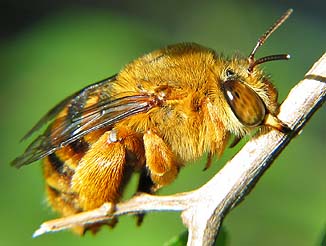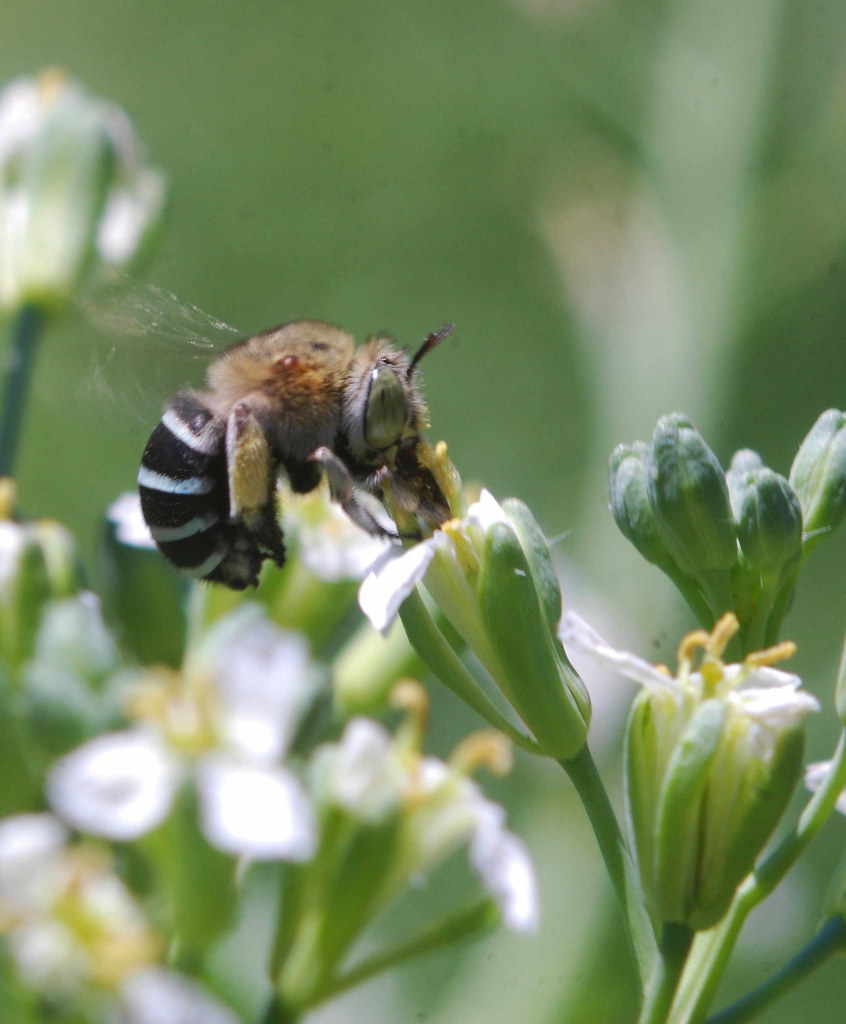poikilotherm said:
Cymek said:
Are they around in suburbia ?
I occasionally see one but mostly your standard honey bee.
If you build a home for them will they use it ?
Are they around but just not noticed in large numbers or do they rarely exist in suburban areas
https://www.aussiebee.com.au/beesinyourarea.html
http://beeaware.org.au/pollination/native-bees/supporting-native-bee-populations/
https://sugarbag.net/
Haven’t seen any around Melbourne. I’ll look up some urban wildlife books.
“Melbourne’s wildlife”
Blue banded bee – throughout Australia
Alkaline or native sweat bees – throughout Australia
Reed bee – SE Australia
“Wildlife of the Brisbane Area”
- doesn’t list any bees, beetles, wasps etc.
“A field guide to Insects of Australia”
Family Colletidae, short tongued bees – over half of all Australian bee species
Family Halictidae, burrowing bees – 382 species
Family Megachilidae – 170 species
Family Apidae – include sugar bag, sweat, banded and carpenter bees
Pictures are of “teddy bear bee”, neon cuckoo bee, yellow carpenter bee, sweat bee = sugar bag bee, leafcutter bee, gold-tipped leafcutter bee.
In Cairns botanic gardens I saw a carpenter bee.




